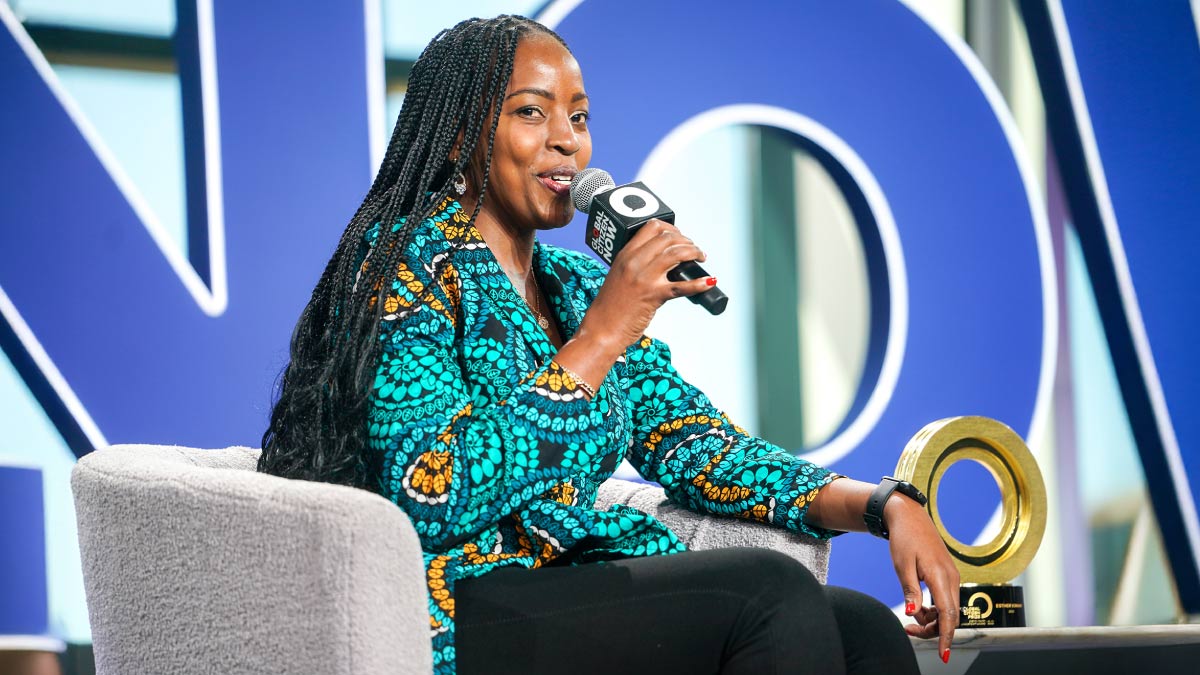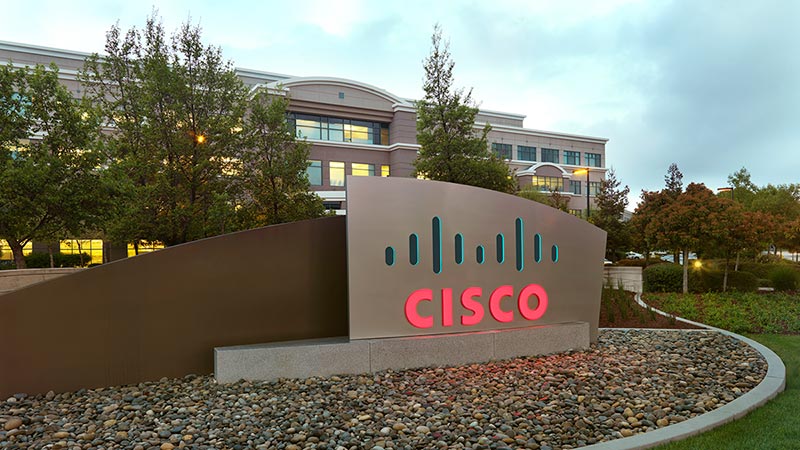This is a post by Christine Johansen
Consider this:
- Last year, over 32 million reports of suspected child sexual exploitation came into the U.S. CyberTipline.
- An astounding 99.5 percent of these reports were about child sexual abuse material (CSAM).
- Millions more images and videos continue to circulate online that have never been reported.
- Every time such heinous images are shared, circulated, accessed, it perpetuates the abuse.
People who commit the crime of accessing these horrible materials often seek the perceived anonymity of a hotel room to do so. This is a serious concern for the hotel industry.
Cisco, Marriott, and the Internet Watch Foundation (IWF) are slamming the hotel door on this illegal activity. Last month, they shared their collective efforts in front of an audience of 200+ hotel-industry executives. And the Cisco Newsroom caught up with the speakers and session moderator from the American Hotel and Lodging Association Foundation (AHLAF), the charitable giving arm of the largest hotel association in the U.S.
Here’s what they had to say:
Where is the hotel industry on the issue of child abuse sexual material?
Anna Blue (AHLAF): CSAM is a huge topic for the industry. Our members understand that people wanting to see such material seek out “safe places” like hotel rooms where they think no one will catch them. Hoteliers don’t want that. But what can be done? It might seem daunting — especially for smaller hotels without large IT staffs. That’s why we wanted Cisco, IWF, and Marriott to come share their success story at our No Room for Trafficking summit.
Let’s talk about that success story. What has Marriott done?
Abbe Horswill (Marriott): Marriott has long championed human rights and human trafficking awareness. Combating CSAM is an important extension of that work.
An owner approached us when one of his non-Marriott properties was flagged for excessive traffic to websites that contained CSAM. That was a sign that we needed to address this issue, and it was also an opportunity to offer a unique benefit to owners.
While it wasn’t the first time we explored this issue, efforts stalled as we couldn’t find the “right” list of websites to block. The ones we previously considered weren’t regularly or systematically updated and contained domain-level websites, like eBay or Craigslist, that could be used for legitimate purposes.
The IWF provided the level of list rigor we needed, and Cisco’s security technology provided the means to easily apply it.
To date, we have deployed technology from Cisco in 5,000 hotels in U.S. and Canada, which has blocked more than 200,000 attempts to access CSAM since launch.
That’s amazing. Tell us more about the IWF and its list.
Neil Prowse (IWF): The IWF exists to detect, disrupt, remove, and prevent CSAM, using our cutting-edge datasets to block internet access to websites and images that contain child exploitation. We are a not-for-profit organization that works closely with industry, law enforcement, governments, and NGOs globally, who trust our work. To date, we’ve identified and actioned the removal of millions of images of CSAM from the internet.
And this means that we are helping people like Olivia, whose sexually explicit images started appearing online when she was just three years old, including commercial websites where users paid to access this content. But even after she was identified, rescued, and her abuser imprisoned, her images continued in circulation more than five years later — it is for millions of kids like Olivia that we do our work.
Our URL and Hash List identifies sites with images of CSAM. IWF Members can use this list and many other services, under license, so that they can block access to these criminal webpages and images. Our members include the giants of the internet and tech such as Google, Microsoft, Apple, Amazon, Meta, TikTok, Snap, Mastercard, Visa, BT, Virgin Media, Telefonica, and, of course, Cisco and many others.
But unless the technology is in place to block access, people can attempt to get away with their crimes.
I assume providing the blocking technology is where Cisco comes in?
Eric Wenger (Cisco): That’s right. Cisco has worked with Marriott for more than 30 years and has also been a Member of IWF since 2008.
Cisco Umbrella’s DNS-layer security provides Marriott with an efficient way to manage guest network access, and it enables Marriott to block access to the URLs on IWF’s list. In fact, if you are using Umbrella, you are by default blocking access to any site on the IWF list —it has been this way since early 2022.
Here is how we do it: When we humans type websites into our browsers or we click on links (like Cisco.com) those names are translated in the background by computers into numerical addresses called Domain Name System, or DNS addresses. That DNS-address translation process provides an opportunity for network administrators to use DNS-security services like Umbrella to block access to dangerous or illegal content.
In addition to the important goals that Marriott had in adopting Umbrella to block access to CSAM materials on its networks as part of its commitment to prevent human trafficking and sexual exploitation, Cisco's service protects hotel guests against a range of scams and frauds, including ransomware and phishing.
We have 400+ full-time researchers and data scientists driving this intelligence.
This includes:
- 1.4+ million malware samples processed daily
- 200+ vulnerabilities discovered per year
- 625 billion web requests resolved daily
What is the takeaway for hotel executives?
Neil (IWF): Marriott’s commitment is commendable. We need others to join in as well. Every company that takes Trust and Safety seriously — and blocks and disrupts the sharing of child sexual abuse — helps us achieve our vision of an internet free from child sexual abuse.
The takeaway is that hotel executives can take action that helps free countless child victims of sexual abuse from the trauma and anguish of knowing a record of their abuse is being shared online, again and again. Together we can stop this revictimization and help allow the victims to recover.
By working collaboratively, we can help protect children, but also protect brands, customers and guests, employees of organizations that work alongside us. We would like to see more hotel chains follow Marriott’s lead on this initiative, to ensure there is no room for child sexual abuse anywhere in hotels, including through guest WiFi connections.
Eric (Cisco): I agree with everything Neil said. At Cisco, deployments of this nature hold particular significance for us. Cutting off the sites that seek to exploit and harm children — this allows us the opportunity to create real change in the world. We’re proud to partner with Marriott as they take a stand against CSAM. It’s a great example of how we can harness the power of technology to help address the challenges our society faces. And we look forward to more conversations with leaders across the lodging industry to help them do the same.
Learn more about Marriott’s efforts to combat CSAM here.




